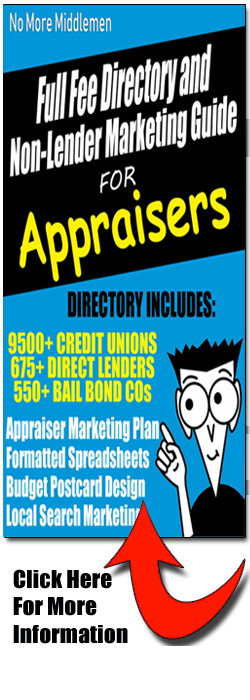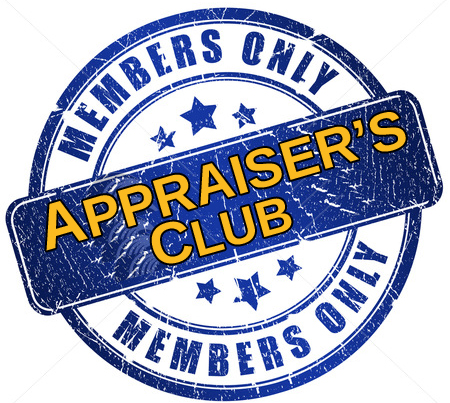Affordable housing developers often run a daunting gauntlet when it comes to cobbling together different financing sources to move projects forward. But the job of accessing capitalhas gotten a lot easier lately as lenders and agencies alike step up their focus on the sector. It is an “absolutely awesome” time to be a borrower on the affordable housing side, says Frank Lutz, a senior vice president at Berkadia Commercial Mortgage. Banks are incredibly aggressive and both Fannie Mae and Freddie Mac have increased their lending to affordable housing projects, he adds.
Freddie Mac reported a 67 percent spike in its multifamily loan purchase volume last year, with a total volume of $47.3 billion. That represents an increase of $19.0 billion over 2014. As Freddie Mac had a firm cap of $30 billion for its market rate housing for both 2014 and 2015 that increase occurred largely on the uncapped side—lending that includes affordable housing, workforce housing, seniors housing, manufacturing housing and some smaller multifamily properties.
Fannie Mae also has reported growth in its affordable housing business. Although its market rate lending remained flat due to its $30 billion cap, Fannie Mae reported a total lending volume last year of $42.3 billion.
“The access to capital in the market is really good right now from both a debt and equity standpoint,” says Ryan Lunderby, vice president and project partner at Dominium, an affordable housing developer based in Minneapolis. Dominium has 41 projects under construction or planned across the country, including both new construction and rehabs.
“The agency lending seems to be the most attractive execution currently,”Lunderby notes. Both Fannie and Freddie have gotten more aggressive with their pricing. “It seems like they have an increased desire to lend in the affordable space, which they don’t have a cap on,” he adds.
One example of that involves the new products the agencies are introducing. For instance, Fannie Mae has a new Reduced Occupancy Affordable Housing (ROAR)product that provides loans for existing affordable housing assets that don’t have stabilized operations. Fannie Mae is now able to size the loan as if the asset is stabilized, notes Ryan. Prior to this program coming out, the only option from Fannie was to do a forward rate-lock transaction where the interest rate was not very attractive, he adds.
There are a number of factors fueling the increase from agency lenders. Robust lending on the market rate apartment side may be partly responsible. Last year, Fannie and Freddie were racing towards their $30 billion caps on the market rate side fairly early in the year. That resulted in a shift in focus to more lending related to the uncapped side of the business. In May 2015, the FHFA also expanded the definition of what could be included on the uncapped side. So the pool of potential deals has been expanding.
“I think lenders like Berkadia and others recognize that there is opportunity on the uncapped side. We are all focusing a little bit more on the uncapped business. So that is probably part of the explanation of why you are seeing more business in that area,” says Lutz.
Borrowers are also finding more access to capital via banks that are lending as part of their Community Reinvestment Act (CRA) requirements. Affordable housing is a good business for banks due to its low risk and consistently high demand.
“It is not a cyclical business. It is very stable during downturns. It has high impact in the community and also provides CRA value,” says Maria Barry, national executive for Bank of America Merrill Lynch Community Development Banking (CDB).
CDB provided a record-setting $4.5 billion in equity and lending last year, the highest volume in its 30-year history, and a sizable increase over the $3.1 billion in financing that CDB provided in 2014. The majority of that capital went to affordable housing projects, although Bank of America also provides financing to other developments that utilize new market and historic tax credits.
“We have definitely seen more activity because our client base has expanded and deepened. They are doing more, and as a result our volume has increased,” says Barry.
For example, CDB served as both investor and lender in the group’s largest transaction to date, providing $770 billion in capital for the San Francisco Rental Assistance Demonstration (SF-RAD). The project aims to rehab more than 1,400 public housing units at 15 properties into safe and sustainable low-income housing for San Francisco residents. Bank of America had existing relationships with several of the key parties engaged in that project.
And the pipeline of projects continues to look strong this year, adds Barry. “There is just incredible, incredible need for affordable housing nationwide,” she says.
http://nreionline.com/finance-investment/lender-capital-pouring-affordable-housing








